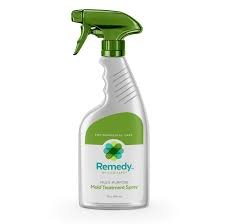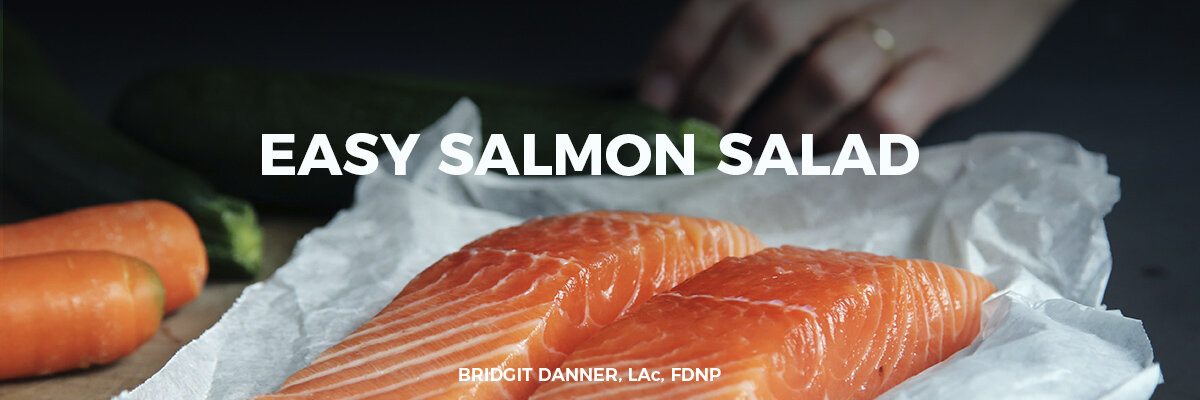4 Simple Steps to Identify and Eliminate Toxic Mold Exposure
Toxic molds are specific types of molds that produce mycotoxins. These mycotoxins are poisonous chemicals that can be dangerous to humans and other living organisms. Mycotoxins can be found in both the mold itself and mold spores. (1)
“Toxic Mold Syndrome” is a diagnosis associated with exposure to mold-contaminated environments. (2) The symptoms of exposure to toxic molds can vary depending on the type of mold, duration of exposure, and the individual.
This article is going to discuss 4 steps to identifying and eliminating toxic mold exposure.
These 4 steps include
Identifying symptoms
Testing for Exposure
Eliminating the source
Detox and treatment
Toxic Mold Step 1: Identify Symptoms
There are three ways to be exposed to toxic mold.
Ingestion
Inhalation
Dermal exposure/physical contact (2)
If you are exposed to toxic mold, you can experience a wide variety of symptoms. It is important to note that even individuals in the same household or environment may not experience the same symptoms or the same degree of illness as others.
Symptoms of mold toxicity include:
Asthma
Sinus congestion
Headaches
Infection
Inflammation of the lungs (pneumonitis) (2)
Difficulty thinking, concentrating, and/or recalling information
Weight gain
Muscle twitching
Insomnia
Skin rashes
Fatigue
Chronic digestive issues
Multiple food sensitivities
Irregular periods
Anxiety
Depression
This list of symptoms is just the beginning. The relationship between mold toxicity and human health is still being evaluated and new mold related illnesses have been hypothesized and are still being studied. (3)
Toxic Mold Step 2: Test for Exposure
Detection of exposure can help to guide your treatment and explain any mysterious or unusual symptoms you might be experiencing. Testing your home and environment can help you to prevent further exposure and to alleviate symptoms of toxic mold exposure.
That is why it is necessary to test yourself and test your home or environment.
A: Testing Your Personal Exposure
Because this issue is very near and dear to my heart, I’ve created a variety of personal testing recommendations to help you identify exposure to mold, chemicals and more.
In partnership with The Great Plains Laboratory, we offer a dynamic set of tests for identifying mold and other environmental exposures. These tests include
Mycotoxin (mold) Testing
Mycotoxin and Organic acid testing
EnviroTOX kit (Mycotoxin + OAT + nonmetal chemicals & glyphosate)
Organic acid testing only
Mold Testing
This basic-level test looks for over 40 species of mold in just one urine sample. These tests can help to identify suspected mold toxicity or mystery illness. If you are interested in the mold test click here to read more.
Total Tox-Burden + PFAS Chemicals PANEL
The Total Tox-Burden + PFAS Chemicals Panel is a more in-depth assessment of environmental exposure. This test includes:
Environmental Toxins
Mycotoxins
Heavy Metals
PFAS and other chemicals
After reading all that information, you might begin to feel overwhelmed. There are many different toxins found in the environment and beginning to understand all of them can be very difficult. That’s why we are here for you!
Testing with Functional Detox Products is a great way to start the recovery process!
Our coaches have a deep understanding of toxic mold and other environmental toxins.
Plus, you will have the option to get your results reviewed with our custom consultation. for a review and customized recommendations for your case, including supplementation.
You will get more than just black-and-white answers, you will get help and understanding that will equip you for a good recovery.
B: Testing Your Home or Day-To-Day Environment
There are various methods for testing your home, vehicle or work environment.
Learn more about these home tests here.
Toxic Mold Step 3: Eliminate the Source of Exposure
Once environmental sources of mold have been identified, it is important to eliminate them and to avoid any further exposure.
Mold is a tricky organism to eliminate, which means you will likely need to ask for help and hire professionals to help get the job done. When trying to rid the mold yourself, you are putting yourself at a higher risk of exposure and this can exacerbate your symptoms.
Remember that mycotoxins are not living and cannot be killed. They can only be removed or transformed into less dangerous compounds. After removing water-damaged materials, know that things like rugs, clothes and books are most likely contaminated with mycotoxins.
Mycotoxins are extremely small and will embed in fibers and even the crevices of your appliances. I would suggest to get rid of items as much as possible. After that step you can clean thoroughly by wiping surfaces and fogging with enzymes. The brand Citrisafe has several options.
Reducing exposure will help to alleviate symptoms and to reduce further complications of mold toxicity from occurring.
Toxic Mold Step 4: Detox and Treatment
In addition to avoiding mold, there are other therapies available to help you recover from exposure to toxic mold.
Get a water filter for your home.
Use a sauna to detox.
Take Broccoli Sprout and Seed to support detoxification, antioxidant status and cellular health as well as cardiovascular and neuronal protection.
Use toxin binders like activated charcoal, activated bamboo, and clay can help to rid the body of toxins by binding to those toxins and moving them out of the body. Interested in learning more about binders? Click here
If you are suffering from mystery illnesses or symptoms, you should definitely consider testing for exposure to toxic mold. It's more common than you might think!
The best time to test is now! Why?
You shouldn’t suffer with daily symptoms any longer!
The test is on sale now!
Ready to Get Started?
We are passionate about detox and want to support your detox journey! You can check our testing and consultation services here!
Bridgit Danner, LAc, FDNP, is trained in functional health coaching and has worked with thousands of women over her career since 2004. She is the founder of Women’s Wellness Collaborative llc and FunctionalDetoxProducts.com.
Check out her easy 5-Day DIY Detox Guide here!












The thought of a coffee enema might leave you in shock, but it’s actually a practice that has been used for thousands of years. I’ve seen the correct implementation of coffee enemas truly transform energy, gut health, antioxidant status and more. Learn the right way to do a coffee enema!